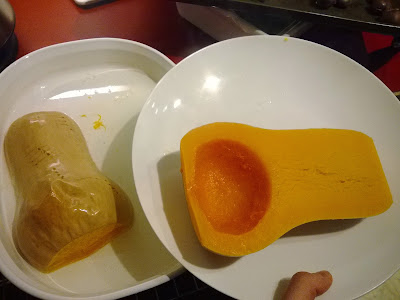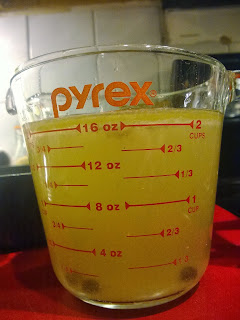One summer I lived with Enrique, a Puerto Rican who loved to make flan. He graciously made flan for me and shared his recipe with me. Needless to say Enrique's flan was DELICIOUS and very easy to make. Below are notes directly from Enrique:
The flan recipe is super simple. I've written the one I use below but I've also found this site to be extremely helpful. http://www.elboricua.
The flan recipe is super simple. I've written the one I use below but I've also found this site to be extremely helpful. http://www.elboricua.
Equipment:
Blender
Pot
9-10 inch pan for flan
Pan that can hold first pan (for water bath)
Oven set to 350
Refrigerator for cooling
Caramel Coating:
Sugar
Water
I usually eyeball this. I think its 2 cups of sugar with a tablespoon or two of water. Heat while mixing until it turns a golden brown. I stop it at the first sign of burning. Pour into the pan and let it cover the bottom and harden.
Batter:
4 eggs (can use 3 - 5 depending on how much you like egg)
2 cans evaporated milk Sugar to taste (I think we used a cup)
(Normal recipe is 1 can evaporated + 1 can condensed)
1 stick of cream cheese
1 tbsp. vanilla extract
Blend above together and pour into 9inch pan. Place into water bath in the oven and cook until surface turns a little brown - about 45 minutes.
Remove from oven. Be careful about the hot water.
Cool and refrigerate for at least 4 hrs. To serve, take a knife and cut around the edge. Take serving plate and place on top of baking pan. Flip so that flan falls onto plate.












































